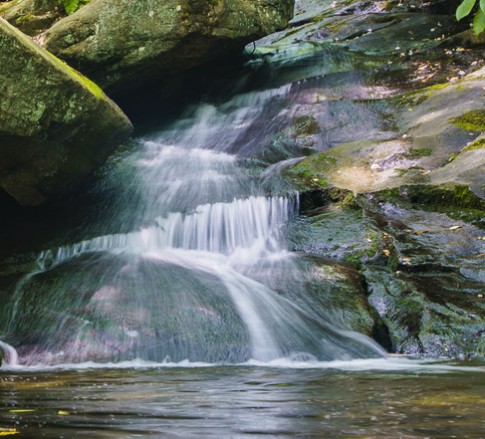The Promise and Perils of Clean Water Act Litigation
November 26, 2018
By: Blair M. Gardner
On November 14th, a federal district court dismissed a lawsuit filed by environmental groups against the owners of the Vermillion power plant, a retired coal-fired facility on the banks of the Middle Fork in Vermillion County, Illinois. Metals from coal ash were leaching from three unlined ponds into groundwater that flows to the Middle Fork, which happens to be both a federally and state designated scenic river. Two claims were asserted: a violation of the Clean Water Act because the seepage into groundwater was not authorized by any NPDES permit; and a violation of permit conditions in the facility’s permit because of visible discoloration from the seeps into the stream.
The district court dismissed both claims. It found that an older Seventh Circuit decision, Village of Oconomowoc Lake v. Dayton Hudson Corp., 24 F.3d 962 (1994), disposed of the case. The district court wrote, “[d]ischarges from artificial ponds into groundwater are not governed by the CWA, even if there is an alleged hydrological connection between the groundwater and surface waters qualifying as ‘navigable waters’ of the United States.” Relying on the Seventh Circuit’s decision, the district court concluded that “Congress had elected to leave the subject of groundwater regulation to state law.” Because an NPDES permit also requires a discharge into a “navigable water”, the second claim – the discoloration caused by the seep – also failed and was dismissed. The district court disregarded a suggestion that more recent, non-Seventh Circuit decisions finding a CWA violation via a hydrologic connection justified a departure from Oconomowoc Lake (“it would generally be an abuse of discretion. . . to follow out-of-circuit precedent which conflicts with binding precedent[.]”). We have previously written about how other circuits—most notably the Sixth and Fourth—have addressed the question of whether a leaking, unlined pond is a “point source” subject to regulation under the CWA here. Although the district court based its ultimate ruling on Seventh Circuit precedent, it did note support for its decision from the Sixth Circuit’s recent holding that the CWA does not cover discharges of pollutants through groundwater that is hydrologically connected to navigable waters. Op., p. 16 citing Tennessee Clean Water Network v. Tennessee Valley Authority, 905 F.3d 436, 446 (6th Cir. 2018) and Kentucky Waterways Alliance v. Kentucky Utilities Company, 905 F.3d 925, 936-37 (6th Cir. 2018).
The district court nevertheless made one statement that raised a strong cautionary note. In a footnote, the court wrote, “The court is not unsympathetic to Plaintiff’s claims. . . However, Plaintiffs is not without recourse. Despite this court’s holding that the allegations are not covered by the CWA, Plaintiff may pursue this claim in the Illinois state courts with the Illinois EPA.”
This observation holds out the promise that the attempt to find federal authority under the Clean Water Act over groundwater should be abandoned. Congress did not directly address it in the statute and employed language which infers that groundwater remains a subject over which the states have exclusive and plenary authority. Many states have already asserted this authority in various statutes.
This same assertion of state authority, however, comes at the peril of persons whose actions are asserted as creating polluting conditions. If states are not tethered to some standards, such as those established by the Clean Water Act water quality standards, then an activist state agency has an extraordinary ability to declare anything to be pollution. For states that seek to boost one form of electricity generation over another, enacting penalties on the disfavored form of generation is as easy as subsidizing the favored generation.
The case is Prairie Rivers Network v. Dynegy Midwest Generation, LLC, Case No. 18-CV-2148 (C.D Ill Nov. 14, 2018 Order).



